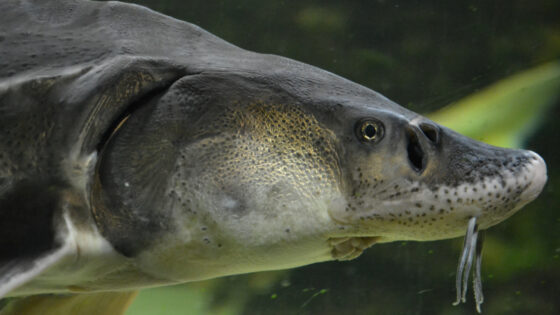Osburn, C.L., D. Oviedo‐Vargas, E. Barnett, D. Dierick, S.F. Oberbauer, and D.P. Genereux. 2018. Journal of Geophysical Research: Biogeosciences 123:850–866.
https://doi.org/10.1002/2017JG003960
Abstract
A paired‐watershed approach was used to compare the quality and fluxes of dissolved organic matter (DOM) during stormflow and baseflow in two lowland tropical rainforest streams located in northeastern Costa Rica. The Arboleda stream received regional groundwater (RGW) flow, whereas the Taconazo stream did not. DOM quality was assessed with absorbance and fluorescence and stable carbon isotope (δ13C‐DOC) values. RGW DOM lacked detectable fluorescence and had specific ultraviolet absorption (SUVA254) and absorbance slope ratio (SR) values consistent with low aromaticity and low molecular weight material, respectively. We attributed these properties to microbial degradation and sorption of humic DOM to mineral surfaces during transport through bedrock. SUVA254 values were lower and SR values were higher in the Arboleda stream during baseflow compared to the Taconazo stream, presumably due to dilution by RGW. However, no significant difference in SUV254 or SR occurred between the streams during stormflow. SUV254 was negatively correlated to δ13C‐DOC (r2 = 0.61, P < 0.001), demonstrating a strong linkage between stream DOM characteristics and the relative amounts of RGW flow and local watershed runoff containing soil and throughfall C sources. Mean DOC export from the Taconazo stream during the study period was 2.62 ± 0.39 g C m−2 year−1, consistent with other tropical streams, yet mean DOC export from the Arboleda stream was 13.79 ± 2.07 g C m−2 year−1, one of the highest exports reported and demonstrating a substantial impact of old RGW from outside the watershed boundary can have on surface water carbon cycling.



